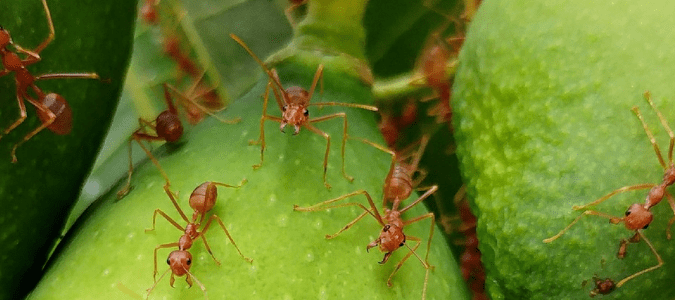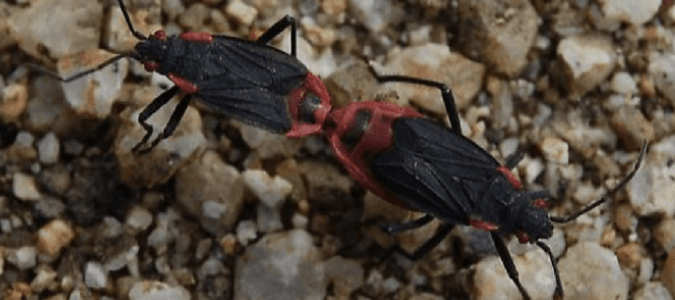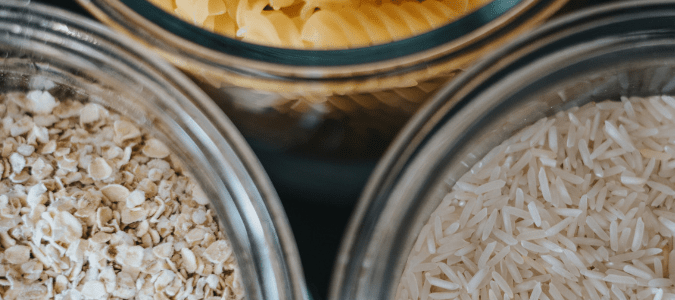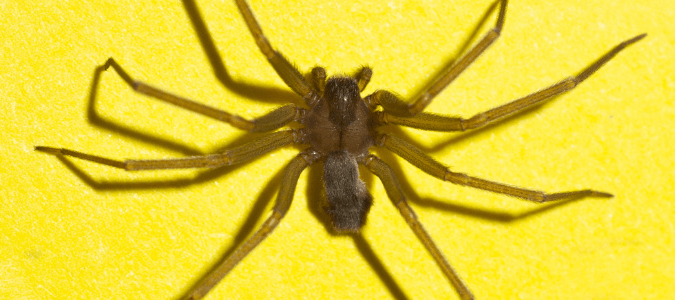
You can’t keep your home free of insect invaders if you don’t know much about Florida’s different types of household bugs. Most residents are surprised to learn that our state is an ideal habitat for a long list of these tiny creatures, including roaches, beetles, flies, cicadas, ants, bees and wasps, earwigs, moths and butterflies, mantids, crickets, grasshoppers, as well as several other types of uninvited insect guests.
While many of us have noticed an ant crawling behind our morning cup of coffee or even a roach scurrying along one of the surfaces in your bathroom late at night, other creatures may lurk inside your home that you aren’t as familiar with. That’s when it’s good to arm yourself with knowledge, so you can identify what you are seeing and know how to evict these critters from your home. In this post, we’ll discuss two of the Sunshine State’s most problematic groups of insects: red bugs in Florida and poisonous bugs in Florida. We’ll also closely examine the tiny bugs you might notice in a Florida kitchen and how to identify the different varieties.

“Unknown insect – Jadera haematoloma” by Eugene Zelenko is licensed under CC BY-SA 3.0
What Are Those Red Bugs In Florida?
The most distinctive thing about an insect is often the coloration, so it’s no surprise that many homeowners wonder about red bugs they may see in and around their living spaces. These tiny creatures are often referred to as red-shouldered bugs, golden rain-tree bugs, or Jadera haematoloma, if you want to get technical.
Goldenrain-tree bugs are flattened insects measuring a half-inch long and one-third inch wide. These creatures enter the home through cracks and crevices around foundations, windows, and doorframes. While harmless, these insects can stain curtains, paper, and other household objects with fecal material.
If you’ve noticed red bugs around your home, you don’t have to worry, as keeping them out is pretty straightforward. Try raking up and removing any seeds the bugs feed on in lawns or play areas. Sweeping or vacuuming these red bugs into a plastic bag is another solution, especially if they appear in large numbers. Close the bag tightly and deposit it in your trash can to prevent insects from escaping.
The most effective but involved way to ensure red-shouldered bugs never return to your Florida home is to remove what’s attracting them—golden rain, chinaberry, boxelder, plum, cherry, and apple trees. Since these bugs don’t pose much of a threat to humans and can even be beneficial in your yard, you’ll probably opt to leave them be since they eat dead insects, fallen seeds, and tree sap.
Are There Dangerous Or Poisonous Bugs In Florida?
Although most bugs are harmless or simply a nuisance, there are three types that homeowners should actively avoid: the red fire ant, the yellow fever mosquito, and the brown recluse spider.
Red Fire Ant
Suppose you find ants frustrating because of their microscopic size, unwavering ability to reproduce, and the fact that they can turn up just about anywhere. You probably have never crossed paths with a red fire ant in that case. The red imported fire ant (RIFA) is native to central South America and arrived in Florida between 1933 and 1945. Fire ants can be found on residential lawns, athletic fields, parks, golf courses, playgrounds, and recreation areas. After a rainstorm, fire ant colonies may move to higher ground, which may put them in a direct path inside your home.
The real danger with these ants is that they deliver a powerfully painful bite and can sting and bite a victim repeatedly. The impacted area may swell and be extremely uncomfortable. In some cases, victims may experience anaphylactic shock. Localized treatments administered by a pest professional or broader applications are the most effective way to treat a fire ant infestation.
Yellow Fever Mosquito
Yellow fever mosquitoes (Aedes aegypti) are dangerous because they can spread dengue fever, yellow fever, and other terrible diseases. This variety of mosquitoes was quite common in Florida until the mid-1908s when the Asian tiger was introduced. After that point, the yellow fever mosquito population dwindled, although the pest still existed in South Florida’s urban areas.
Yellow fever is only one of a list of many diseases that mosquitoes can transmit. You can protect yourself and your family from these stinging insects by eliminating standing water around the home. If you plan to spend time outdoors, wear long pants and sleeves, and apply an insect repellent with DEET. You can also screen all windows and doors to prevent yellow fever mosquitoes from getting inside.
Brown Recluse Spider
You’re most likely to find brown recluse spiders in the northwest portion of Florida. These creatures enjoy hiding in dark places, including garages or attics, and produce a potent venom that triggers a painful bite.
Brown recluse spiders might look frightening and dangerous, but thankfully, they are not aggressive, so your chances of being bitten are relatively small. If you want to take preventative measures to minimize your likelihood of a brown recluse encounter even further, address any clutter that might have gathered in these frequent storage spaces. Keep shoes inside and keep clothing and other belongings in tightly sealed containers. Be mindful of spiders and other unwanted bugs around your home, and clean dust and sweep; you might find they will be discouraged from hanging around.

What Can I Do About The Tiny Bugs In My Florida Kitchen?
Are you tired of seeing tiny insects in your kitchen? Maybe you spotted something crawling across your countertop or suspect a minuscule army lurking in your pantry. No homeowner wants an insect infestation where we store and prepare our food.
One possible culprit is grain mites. The worst thing about these bugs is that they may enter your home on your body or travel in on different food products you pick up from the grocery store. These creatures are at their prime in hot, humid conditions and prefer hiding in dry food products such as flour and cereal.
If you suspect you may have grain mites, search for dust-like residue resembling moving lint on your canned goods or potato chip bags. Food that’s been attacked by grain mites often has a minty smell, so consider this if that mouthful of cereal doesn’t taste quite right.
The best ways to handle a grain mite problem are to:
- Discard any infested food.
- Temporarily move your uninfested food to another location.
- Clean your cabinets’ shelves, pantry, and walls with hot water and soap or a weak bleach solution. Use warm or hot water because it kills the mites on contact. Make sure to rinse your rag so you don’t unknowingly move mites around your kitchen.
- Vacuum pantry shelves, cracks, and crevices to ensure you are removing pests hidden in these areas too. After vacuuming, dispose of the contents of your vacuum outside of your home since mites can reproduce quickly. If you have a canister vacuum, empty it into a sealable plastic bag and add talcum powder to the contents before discarding it in your outside trash.
- Return all of your food to the pantry.
- Repeat this process throughout your entire kitchen in areas where grains are stored.

The Final Word On Florida Bugs Identification
When we see a bug, our first instinct may be to squish it. But how can we know if we have a problem if we aren’t sure what species we’re dealing with? Depending on what type of insect you have inside, one approach may be more effective than another if your primary goal is to avoid any future encounters. Whether you attempt to address the problem on your own or call on an experienced pest control company, you’ll want to be able to correctly identify what you saw, where you saw it, when you saw it, and whether there were any friends nearby. Sometimes taking a photo is the best approach if the bug is on the move and you don’t want to risk getting bitten or stung first. When you can’t take a photo of the insect itself, sometimes it can help to know what the droppings, discarded wings, or other materials around the impacted area look like. In most cases, you can compare the images to what you can find online to determine what’s inside your home and what to do next.
ABC’s An Expert On Bugs In Florida
As with many projects around the home, identifying every single insect you might run across can be difficult, time-consuming, and anxiety-inducing. If you are concerned about the risks that different bugs might pose to your family, your best bet is to call a professional pest control company to put your mind at ease. ABC Home & Commercial Services has been helping Florida homeowners with bothersome and dangerous pests for decades. Our skilled technicians can help you distinguish between the harmless creatures and those you’ll want to avoid. If you have an infestation or want periodic monitoring, we can provide practical, long-term solutions to resolve any troublesome animal or insect problem.
